22+ Sample Training Manual
-
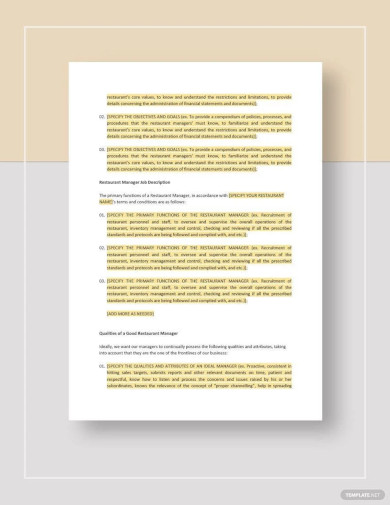
Restaurant Manager Training Manual
download now -

Restaurant Customer Service Training Manual
download now -
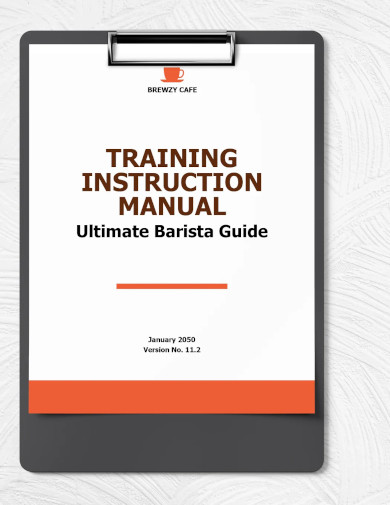
Training Instruction Manual
download now -

Training Manual Table of Contents
download now -
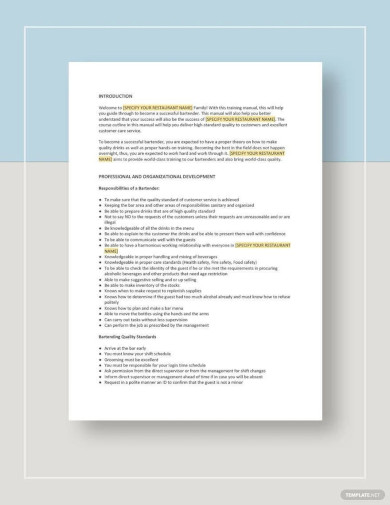
Bartende Training Manual
download now -
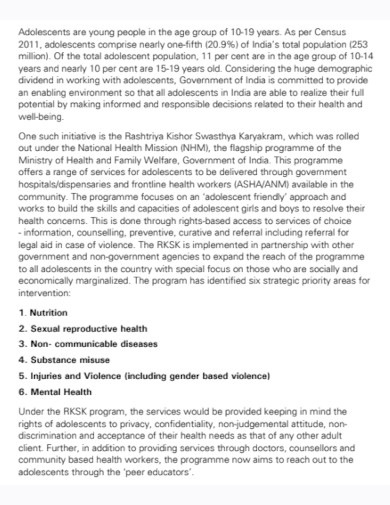
Training Manual for Peer Educators
download now -
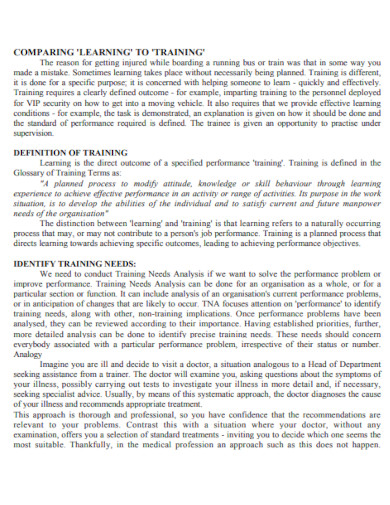
Manual of Training for Government Officials
download now -
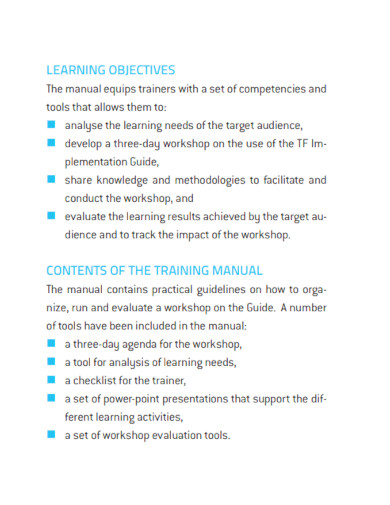
Sample Training Manual
download now -
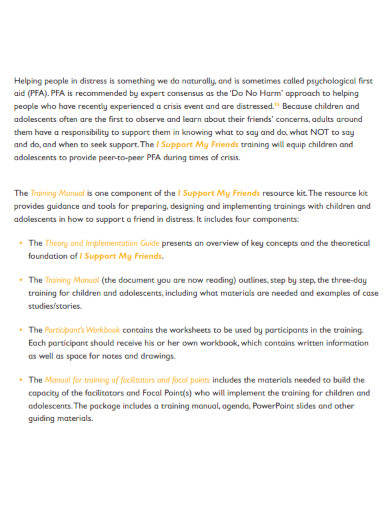
Training Manual
download now -
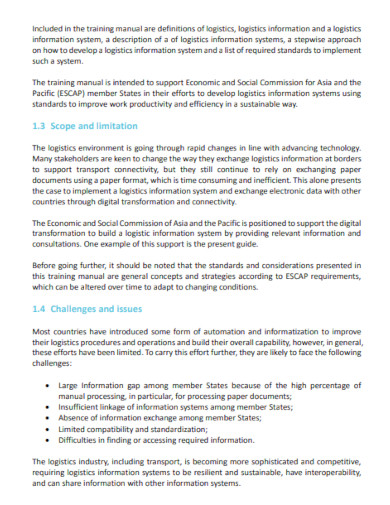
Standard Training Manual
download now -
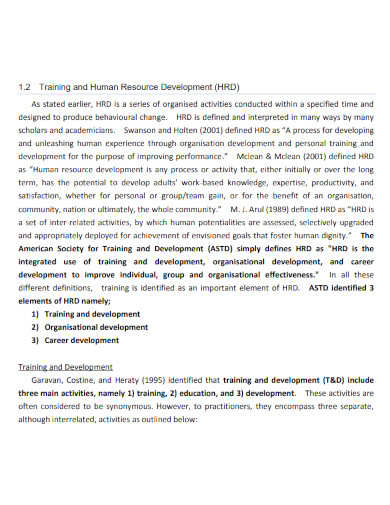
Manual for Training of Trainers
download now -
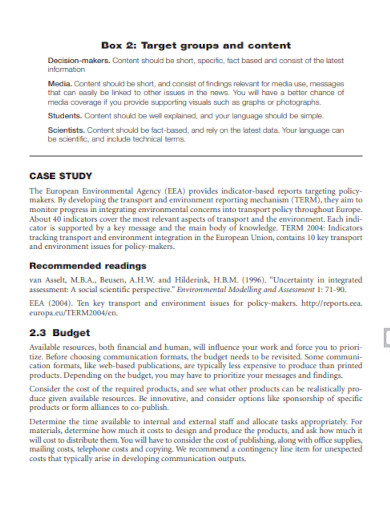
Employee Training Manual
download now -
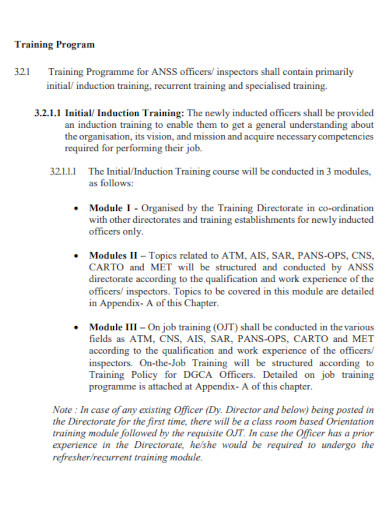
Training and Procedure Manual
download now -

Training Manual on Accounting
download now -
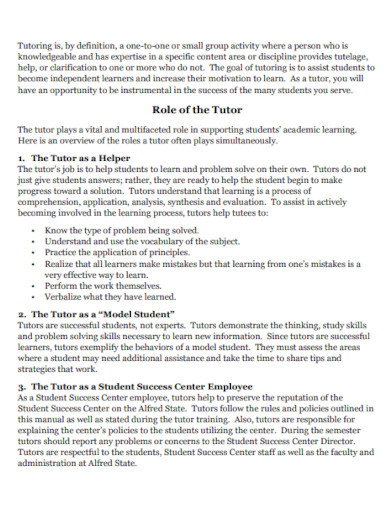
Tutor Training Manual
download now -
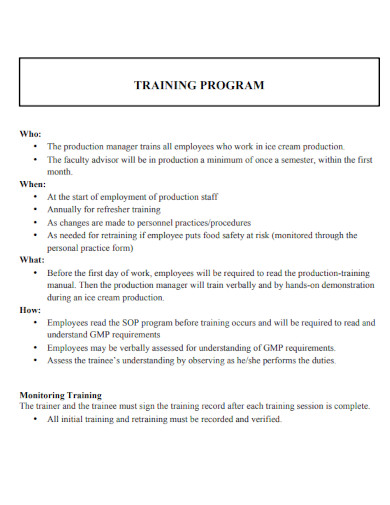
Production Training Manual
download now -
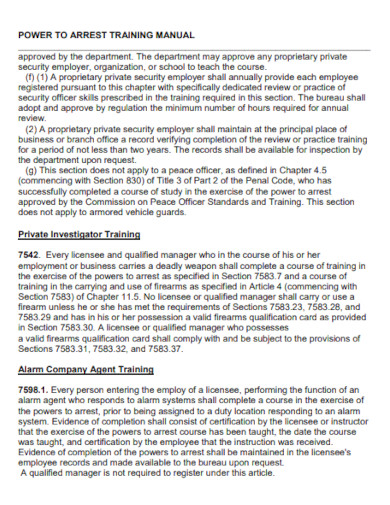
Power to Arrest Training Manual
download now -

Tailoring Training Manual
download now -
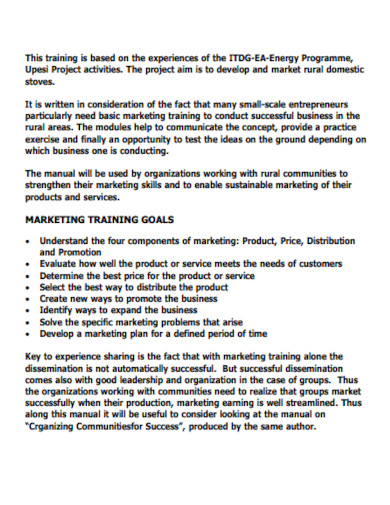
Marketing Training Manual
download now -
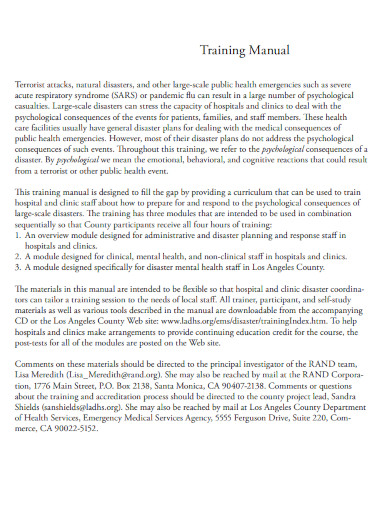
Printable Training Manual
download now -
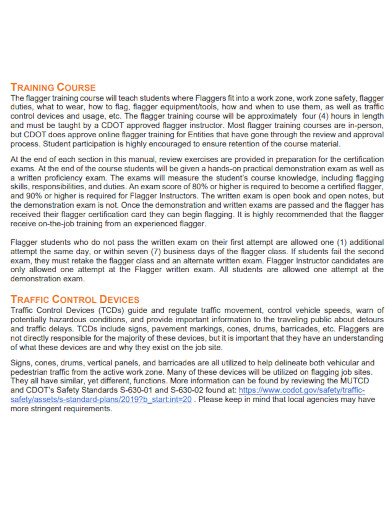
Flagger Training Manual
download now -

Organic Agriculture Training Manual
download now -

Agent Training Manual
download now
FREE Training Manual s to Download
22+ Sample Training Manual
What Is a Training Manual?
Benefits of a Training Manual
Tips to Train Employees More Effectively
How to Create Training Manuals
FAQs
What is the difference between a training manual and a handbook?
What is a training program?
What is a training need assessment?
What Is a Training Manual?
A training manual is available in various formats and serves multiple purposes. There are also numerous categories of employee- and customer-specific training manuals. A training manual is a comprehensive guide to help consumers perform a task or product more effectively. A training manual contains all the information a user needs to complete a task or use a product effectively. It organizes information so users can access any manual section based on their needs. Commonly, businesses use multiple training manuals to educate their employees and clients. Each training manual should be tailored to the reader’s requirements. Historically, training manuals were predominantly distributed in PDF or booklet format. However, a quality training manual incorporates multimedia and interactive components to increase training participants’ engagement.
Benefits of a Training Manual
An employee training manual serves many more functions than just accompanying a new employee training plan. Well-constructed training manuals provide written training content, facilitate departmental procedures without critical employees, provide valuable information to new employees, and codify workplace rules and regulations. Written materials enable workplace orientation and employee training for human resources departments that develop employee training manuals.
Tips to Train Employees More Effectively
As a person responsible for training employees, it is essential to have strategies to assist each team member in adjusting to their role. Whether you are preparing a new employee or helping a veteran employee develop their skills, you can use several techniques to make this process more efficient. Follow these steps for more effective employee training to create a stronger team:
1. Establish Your Goals
Create an inventory action plan of the desired employee outcomes and the skills that would facilitate their achievement. For instance, you can increase the productivity of a particular department or assist management in developing more potent leadership skills. As you brainstorm, try to formulate your goals as SMART goals.
2. Involve Your Employees
If employees know the benefits, they may be more motivated to partake in training. You could conduct a group meeting with employees with an open discussion or ask them to submit suggestions. Beginning a dialogue where your employees feel like they are a part of the decision-making process can help them recognize the value of training and encourage them to participate more. It also gives you a better understanding of their strengths, motivations, abilities, and areas for improvement.
3. Continue the Ongoing Process of Learning
Regularly follow up with employees who have received training to hold them accountable for your objectives. You can use performance evaluations or assessments to monitor their work and determine if they are achieving their goals, or you can meet with individuals to inquire about how they have utilized their training. You may need to restructure your training if employees must apply their new knowledge or skills effectively. Remember that employee training is a process that can be modified over time.
How to Create Training Manuals
Developing a practical training manual is a fantastic method to increase organizational efficiency. In this article, I’ve compiled our finest tips and templates for immediate use. This section discusses some of the most crucial design considerations for writing a practical training manual.
1. Maintain Your Branding
The first design of our tip has everything to do with our company’s identity. Keeping your training manual consistent with your brand is a fantastic way to help your readers remain connected to the training’s overarching purpose. Even human resources and training teams must maintain brand consistency. Your brand shapes your company. It’s the visual representations of your brand that you create for your consumers. As you discover how to create a training manual, remember that brand colors and styles are integral to your design.
2. Embrace Harmony
Visual harmony is a valuable design principle to bear in mind when creating a training manual. Visual harmony occurs when the elements you include in the manual are balanced. There is a significant risk that nonsensical extraneous factors will disrupt the overall harmony of the design. In practice, this necessitates deliberately including information in the training manual. When all of the elements mesh together, you have achieved harmony. The components can achieve harmony through style, motif, or mood. Use the same type for all the icons in your design if you’re using outline-style icons, for example, to achieve harmony. Avoid mixing them with other icon styles, such as flat or isometric.
3. Be Creative With Color
The use of color has significant effects on motivation. Utilize this information when producing a training manual. Color is particularly effective because we are psychologically and physiologically influenced on an emotional level by color. This effect is so potent that color can affect the demeanor of your audience. Ensure you know this effect to provide your audience with the best possible experience. The color most vitally conveys meaning. This indicates that we must align the intent of our training manual with the meaning we wish to share. This means that color selection must be deliberate.
4. Embrace Uniqueness
Occasionally, it can be difficult for consumers to navigate training manuals. Embracing a sense of individuality in your design decisions is a fantastic way to enhance the experience. You can include animated images and engaging icons when sharing an online training manual. Also, consider alternatives to your initial selection for a particular element. The ability to think beyond fundamental shapes and icons will help you avoid overused design elements. On a more basic level, define what makes you a unique company. Create a list of three characteristics that make your brand compelling. While creating your training manual, look for opportunities to include design elements that emphasize these core characteristics.
5. Develop A User-Friendly Training Manual
When creating a training manual, design hierarchy is an important consideration. Design hierarchy refers to the ease with which users can navigate your content. It indicates where to start reading and where the most critical information is located. Hierarchy also assists readers in distinguishing between textual elements such as headings and conventional paragraph text. Using this design technique effectively increases the scannability of your text. This is a crucial aspect of readable typography, particularly if you want your audience to have a high reading comprehension level.
6. Utilize Professional Design Using Templates
Using a training manual template to create a professional design is fantastic. A beautiful design relies on the basics. When you use a template for a training manual, fundamental elements such as shape, texture, color, and font are taken care of for you. This affords you additional time and room to concentrate on crafting a compelling message. The results speak for themselves when combined with exceptional design and a persuasive message.
7. Make Sure It Flows
Pay close attention to visual flow as you learn how to compose your following training manual. Most readers anticipate information to flow from left to right and top to bottom. Any deviation from this typical pattern will increase the cognitive burden and complicate your reader’s experience. Consequently, your audience should always have a realistic understanding of where they should read next. There are several methods to accomplish this essential objective. If you fail to create a visual rhythm, the risk is that your readers will become confused or frustrated. When you achieve clarity in terms of flow, it will be much easier for your readers to consume the information in the proper order. Flow is fundamentally about guiding the reader’s gaze in the correct direction throughout the training manual. Generally speaking, this effect is produced by combining visual focus and visual weight. Arrows and lines are examples of elements that convey visible movement. Similarly, components that communicate visual weight are like attention-grabbing focal points that help guide the reader through the training manual.
FAQs
What is the difference between a training manual and a handbook?
A training manual ensures that employees will notice vital instructions. Step by step, your marketers will achieve their objectives more quickly. A handbook for employees outlines policies, releasing you and your employees from liability.
What is a training program?
A training program is a sequence and combination of activities designed to help employees become better professionals. Each training program is designed to achieve particular business objectives.
What is a training need assessment?
Training needs assessment identifies performance requirements and the knowledge, skills, and abilities required by an agency’s workforce to meet those requirements. A practical training requirements assessment will assist in allocating resources to areas with the highest demand.
A training manual is essential to a successful business, regardless of the industry or company size. Training manuals are crucial for all organizations because of the difficulty of communicating information and task assignments to new or current employees following a policy or procedure change. To benefit both employees and employers, it is essential to streamline the challenging employee recruiting process as much as possible. Using employee training manuals collaboratively, your employees can realize their maximum potential. We are here to help you make your employees as successful as possible every step of the way!
